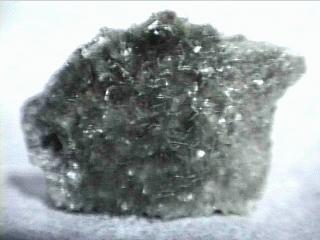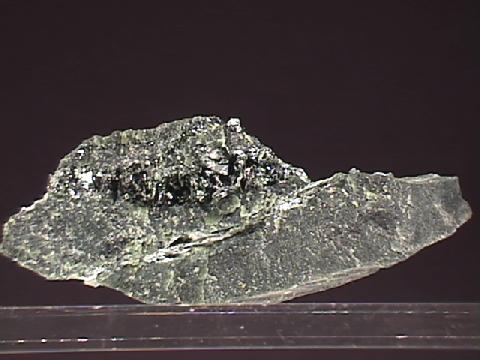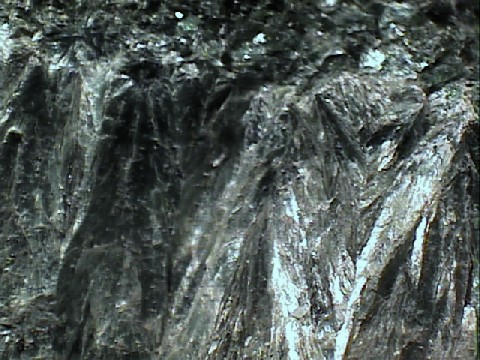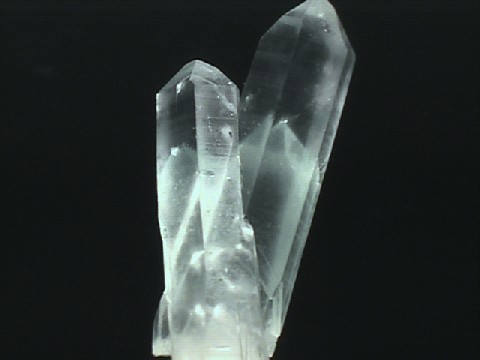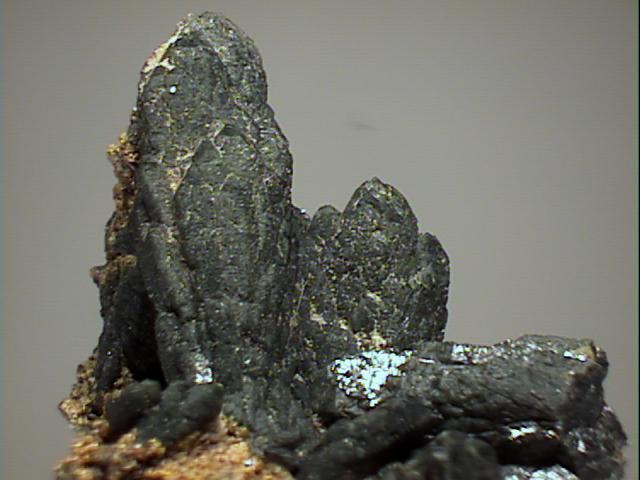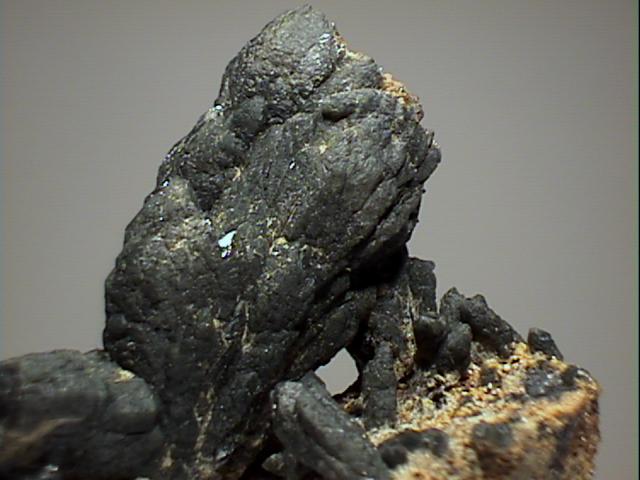 THE MINERAL CHLORITE
THE MINERAL CHLORITE
- Chemistry: (Fe, Mg, Al)6(Si, Al)4O10(OH)8, Iron Aluminum Magnesium Silicate Hydroxide.
- Class: Silicates
- Subclass: phyllosilicates
- Group: The Clays and also The Chlorite Group.
- Uses: as a mineral specimen and some industrial uses.
- Physical properties of chlorite.
Specimens
The general formula for chlorite is (Fe, Mg, Al)6(Si, Al)4O10(OH)8. However there are several different minerals that are apart of the chlorite group of minerals. The above formula is only a generalization of the more common members of this group. In order to see a list of most of the chlorite group minerals with their respective formula, see the discussion of the Chlorite Group.
For practical reasons most of the chlorites will be considered here as a single mineral, chlorite. Chlorites are generally green and crystallize in the monoclinic symmetry system. They all have a basal cleavage due to their stacked structure. Chlorites typically form flaky microscopic crystals and it is this reason that they are sometimes included in the clay group of minerals. However chlorites also form large individual tabular to platy crystals that are unlike most of the other clay minerals.
Chlorites are most often known to mineral collectors as inclusions in or coatings on quartz, danburite, topaz, calcite and many other minerals. The inclusions are usually a very strong green color despite the small amount of material that actually constitutes the inclusion. These inclusions and coatings can be an enhancement but are more often a bane to what might have been a really valuable mineral specimen.
The chlorite inclusions in clear quartz are particularly interesting when they form as a coating on a crystal early in its development. Because if the crystal later grows larger, ie. out and around the chlorite coating, the effect will be to produce a phantomed crystal. A phantom is a crystal that appears to have a smaller crystal inside of it. Many times the interior "crystal" is indistinct or ghostly and thus the name phantom.
There are many minerals that make up the chlorites and thus many varieties. One variety is called kaemmererite and is a variety of the chlorite clinochlore. Sometimes kaemmererite is called chromian clinochlore because of the increase chromium content. It is the chromium that gives kaemmererite its bright lavender to deep crimson red color.
THE PHYSICAL CHARACTERISTICS OF CHLORITE:
- Color is usually green but can also be white, yellow, red, lavender and black.
- Luster is vitreous, dull or pearly.
- Transparency: Crystals are translucent transparent.
- Crystal System is monoclinic; 2/m.
- Crystal Habits: Rarely in large individual barrel or tabular crystals with an hexagonal outline. Usually found as alteration products of iron-magnesium minerals and as inclusions in other minerals. Aggregates can be scaly, compact, platy and as crusts.
- Cleavage is perfect in one direction, basal; not seen in massive specimens.
- Fracture is lamellar.
- Hardness is 2 - 3
- Specific Gravity is variable from 2.6 - 3.4 (average to slightly above average)
- Streak is pal green to gray or brown.
- Other Characteristics: Cleavage flakes are flexible but not elastic.
- Associated Minerals include garnets, biotite, quartz, magnetite, talc, serpentine, danburite, topaz and calcite, among many others.
- Notable Occurrences include Transvaal, South Africa; Zermatt, Switzerland; Guleman, Turkey; Lancaster Co., Pennsylvania, Brewster, New York; San Benito Co., California, USA and many other locallities world wide.
- Best Field Indicators color, cleavage, associations and crystal habits.

